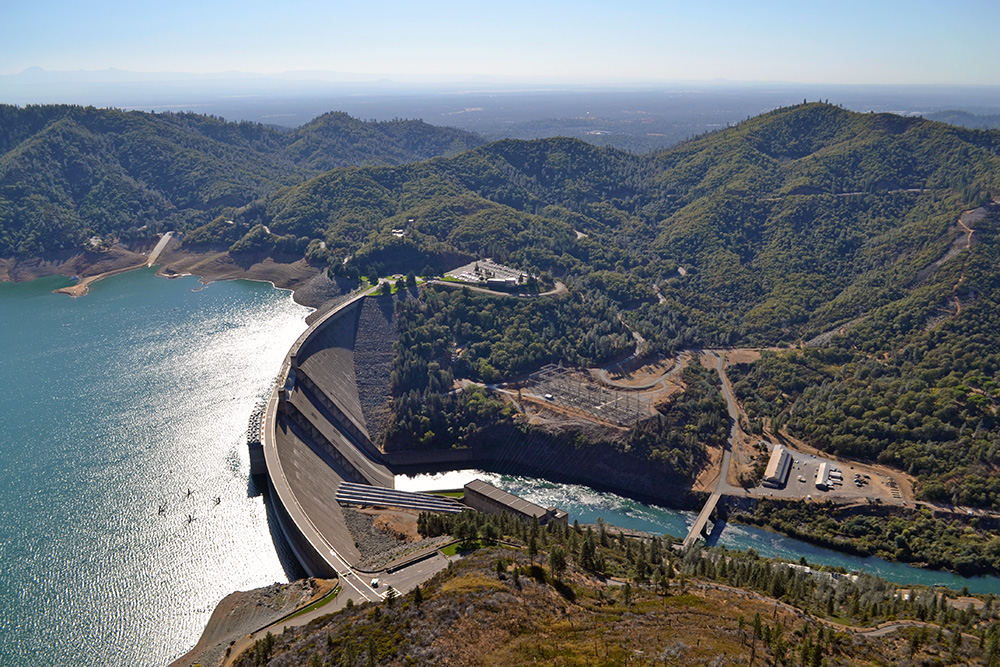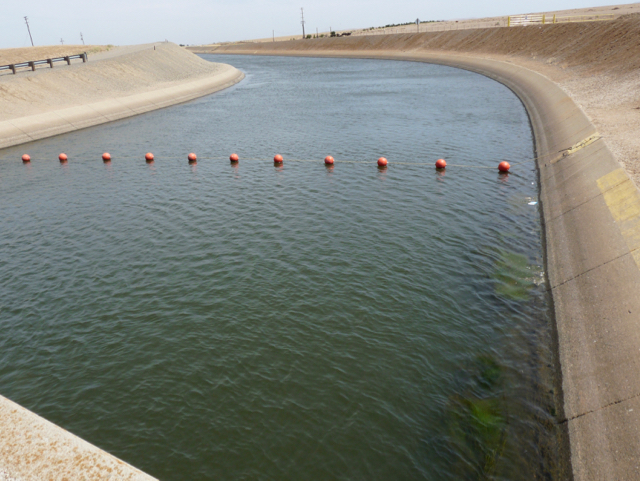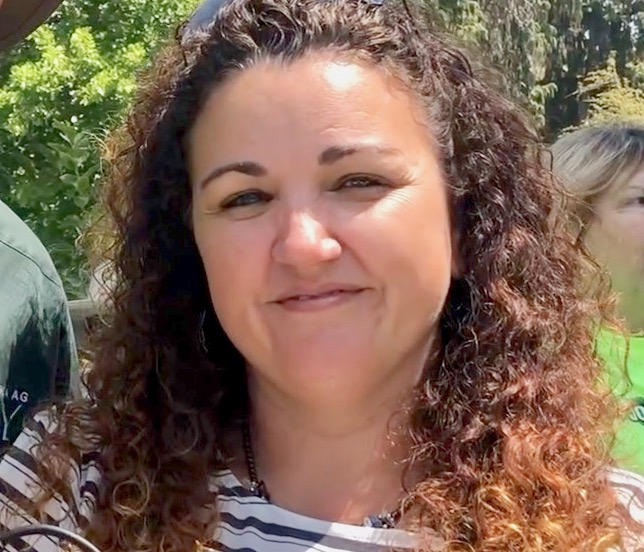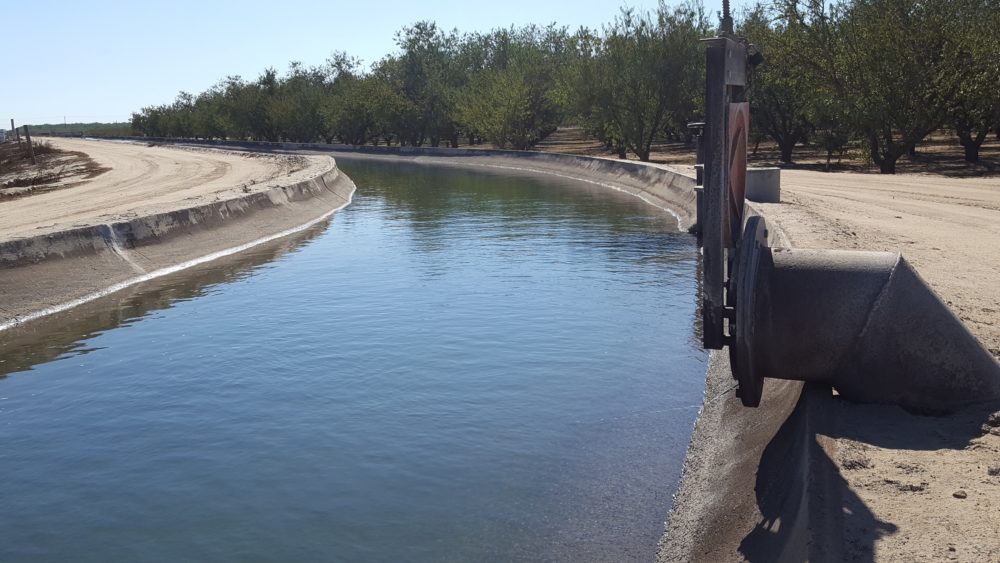George Soares on How DPR Sees Cannabis
Soares: DPR Interpretation of Cannabis is Wrong
By Jessica Theisman, Associate Editor
George Soares, a partner in Kahn, Soares, and Conway, a law firm based in Sacramento, recently spoke about the issues surrounding cannabis. He is managing partner of the firm and represents several agricultural commodity and trade groups in Sacramento.
He spoke at the recent California Associations of Pest Control Advisors (CAPCA) annual meeting in Anaheim. He touched on the fact that the California Department of Pesticide Regulation (DPR) is not thinking of the public in their handling of crop protection materials on cannabis.
“The people of California have decided that cannabis can be consumed by the public,” Soares said. “The question is how to grow the cannabis under the regulation.
Currently, the chemicals and fertilizers used to grow the cannabis are all illegal.
“So far, the solution is that we make it legal by stretching the interpretation of the law,” he explained.
By law, pesticides have to be labeled for use, and eligible crops must be on the label.
“The pesticides being used are being interpreted in ways to make it legal to use on cannabis,” Soares said. “Think about the damage that is doing to the legal structure of what we all adhere to.”
“DPR would never let a pesticide be used off-label, but when it comes to cannabis, it looks like the government is willing to let it slide,” he said.





















